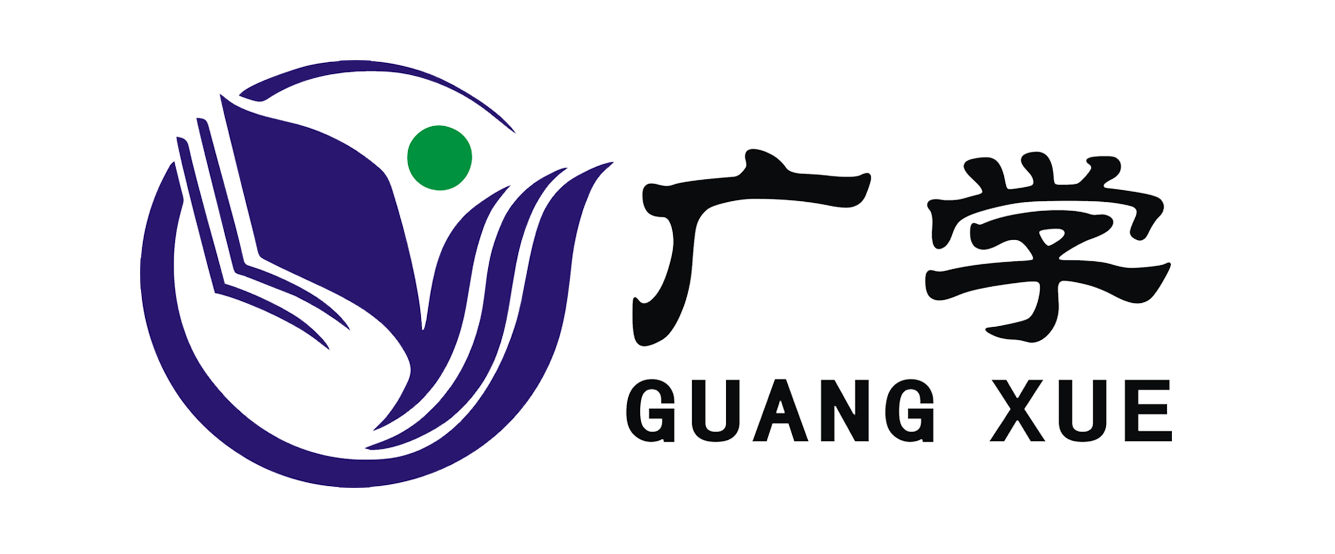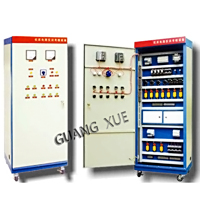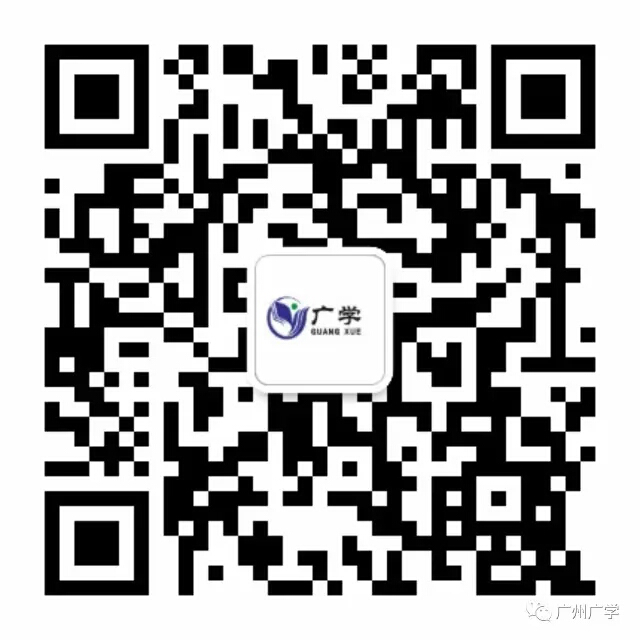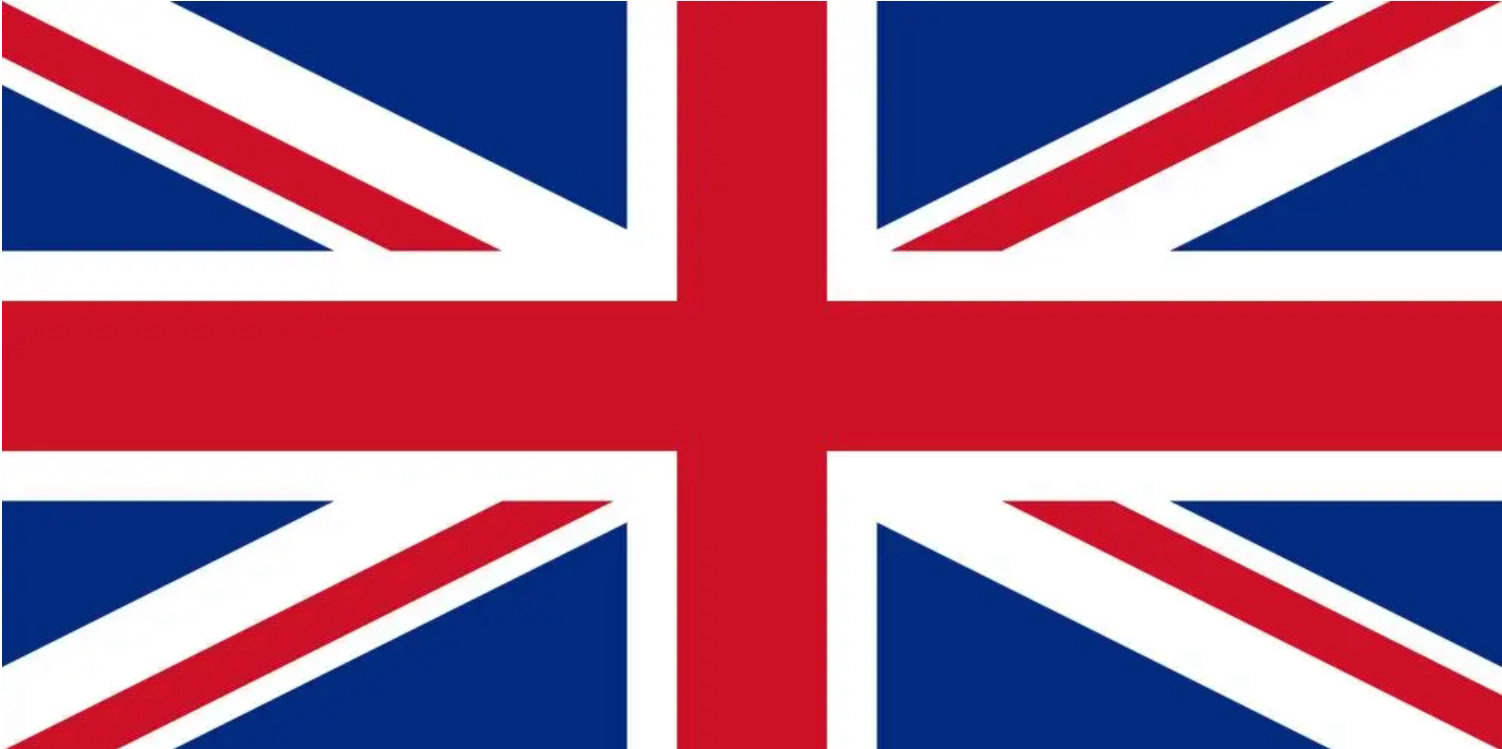






一、Product Overview
The training and assessment equipment for electrical control technology is based on the installation and maintenance of mechanical and electrical equipment, application of mechanical and electrical technology, electrical operation and control, application of electrical technology, and application and maintenance of electronic and electrical appliances in higher vocational schools, as well as the "Electrical Technology", "Basic Skills of Electricians", "DC Motor Control", "Electrical Measurement and Instrumentation", "Motor and Electrical Control", "PLC Comprehensive Control", and "Motor Control Circuit" in non electrical majors Vocational ability teaching and practical training for relevant professional modules such as "Electric Drive Control Circuit" and "Power Electronic Technology", and able to meet the teaching requirements of secondary vocational schools.
二、Technical Parameter
1) Working power supply: three-phase five wire AC 380 V ± 10% 50 Hz;
2) Equipment dimensions: long × wide × Height=850mm × 800mm × 1700mm+600mm × 530mm × 1000mm;
3) Bench material: cabinet type steel structure;
4) Apparent power consumption of the entire machine: ≤ 1 KVA;
5) Safety protection measures: with grounding protection, leakage overload and overcurrent protection functions, and with misoperation protection functions; Safety meets relevant national standards, and all materials comply with environmental standards。
三、Practical training projects
1.Training on connection of transfer switch and voltmeter to measure three-phase voltage;
2.Practical training on measurement and assessment of three-phase current;
3.Practical training on the use of power integrated display instruments;
Training on the connection of control circuits for direct starting and stopping of three-phase asynchronous motors;
4.Practical training on the connection of forward and reverse control circuits for three-phase AC asynchronous motors with contactor interlocking;
5.Practical training on the connection of forward and reverse control circuits for three-phase AC asynchronous motors with button interlocking;
6.Practical training on the connection of forward and reverse control circuits for three-phase AC asynchronous motors interlocked with buttons and contactors;
7.Practical training on controlling the forward and reverse rotation of three-phase asynchronous motors with universal transfer switches;
8.Practical training on the connection of Y - △ (manual switching) starting control circuit for three-phase AC asynchronous motors;
9.Practical training on the connection of Y - △ (time relay switching) starting control circuit for three-phase AC asynchronous motor;
10.Practical training and assessment of the connection of the stator winding series resistance starting control circuit;
11.Practical training on the connection of energy consumption braking control circuits for three-phase AC asynchronous motors;
12.Practical training on the connection of reverse braking control circuits for three-phase AC asynchronous motors;
13.Practical training on the connection of sequential control circuits for multiple (3 or less) electric motors;
14.Practical training on the connection of the round-trip control circuit of the electric motor;
15.Practical training on forward and reverse control of DC motors;
Speed regulation experiment and training of DC motors;
16.Practical training on the connection of control circuits for ordinary lathes;
17.Practical training and assessment on the connection of electric hoist control circuits;
18.Training on the connection of control circuits for three-phase AC asynchronous motors that can both jog and continuously rotate;
19.Practical training on the connection of control circuits between two locations;
20.Practical training on the connection of the dual speed motor speed control circuit for button switching;
21.Practical training on the connection of dual speed motor speed control circuit for time relay switching;
22.Practical training on the connection of reverse braking control circuits with centrifugal switches;
23.Practical training on functional parameter setting and operation of frequency converter panel;
24.Practical training on frequency converter for motor inching control and start stop control;
25.Practical training on multi stage control of motor speed;
26.Practical training on power frequency and frequency conversion switching control;
27.Training on motor open-loop speed regulation based on analog control;
Practical training on motor open-loop speed regulation based on panel operation;
28.Practical training on the protection and alarm functions of frequency converters;
29.PLC based open-loop speed regulation training for frequency converters;
30.PLC control motor sequential start training;
31.Practical training on Y-△ starting circuit of PLC controlled three-phase asynchronous motor;
32.Practical training on parameter settings for touch screens;
Programming training for touch screens;
33.Comprehensive practical training on touch screen, PLC, and frequency converter;
34.Practical training on stepper motor control;
35.Practical training on parameter setting of stepper drivers;
36.Practical training on PLC open-loop control of stepper motors;
37.Practical training on the use of incremental encoders;
38.Training on closed-loop control of stepper motors based on incremental encoders;
39.Practical training on control of AC servo motors;
40.Practical training on parameter setting of AC servo drivers;
41.Practical training on PLC semi closed-loop control of AC servo motors;
42.Training on closed-loop control of servo motors based on incremental encoders;
43.Practical training on the use of thermal resistors or thermocouples;
44.Practical training on parameter setting of temperature controllers;
45.Temperature control training based on thermal resistance (thermocouple);
46.PLC temperature control training based on thermal resistance (thermocouple);
47.Practical training on the use of analog modules;
48.PLC control training based on analog quantity;
49.Practical training on the use of sensors;
50.Practical training on sensor based PLC position control;
51.Practical training on measuring and controlling the speed, torque, and power of DC separately excited motors;
52.Current regulation circuit practical training;
53.Practical training on inspection and troubleshooting of common faults in electrical control circuit units of milling machines (16 fault points can be set);
54.Inspection and troubleshooting of common faults in the electrical control circuit unit of boring machines (16 fault phenomena).



